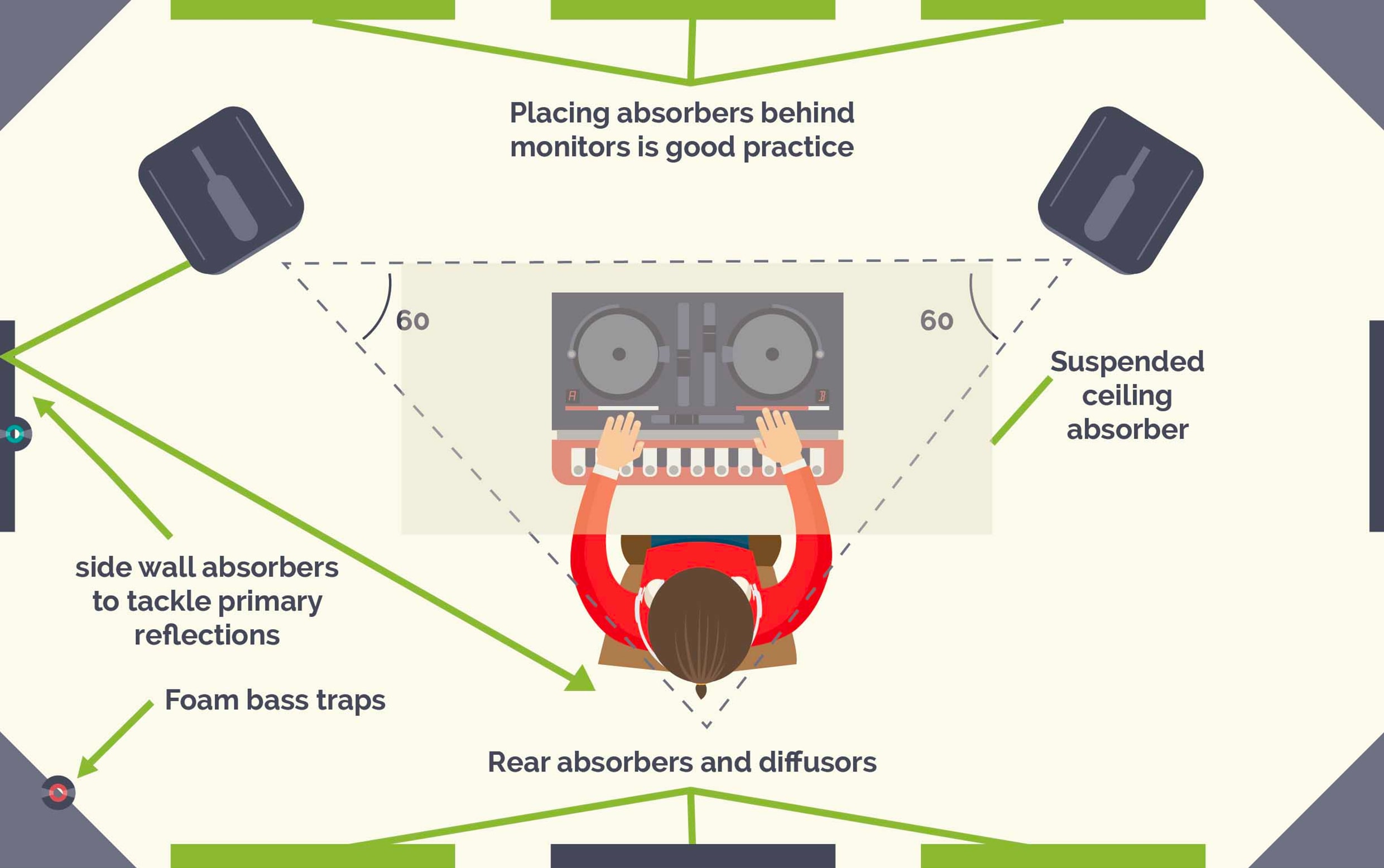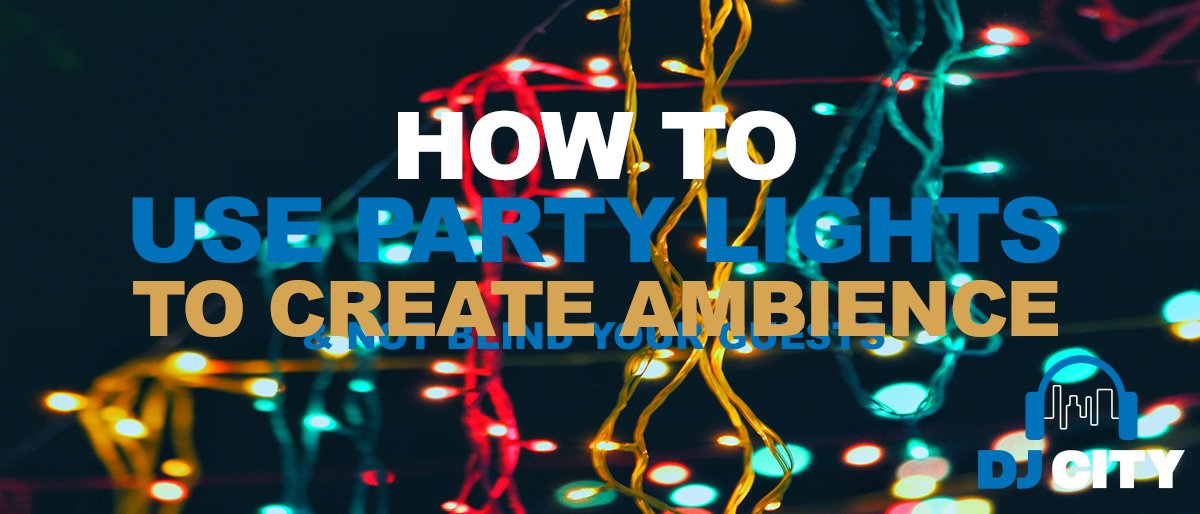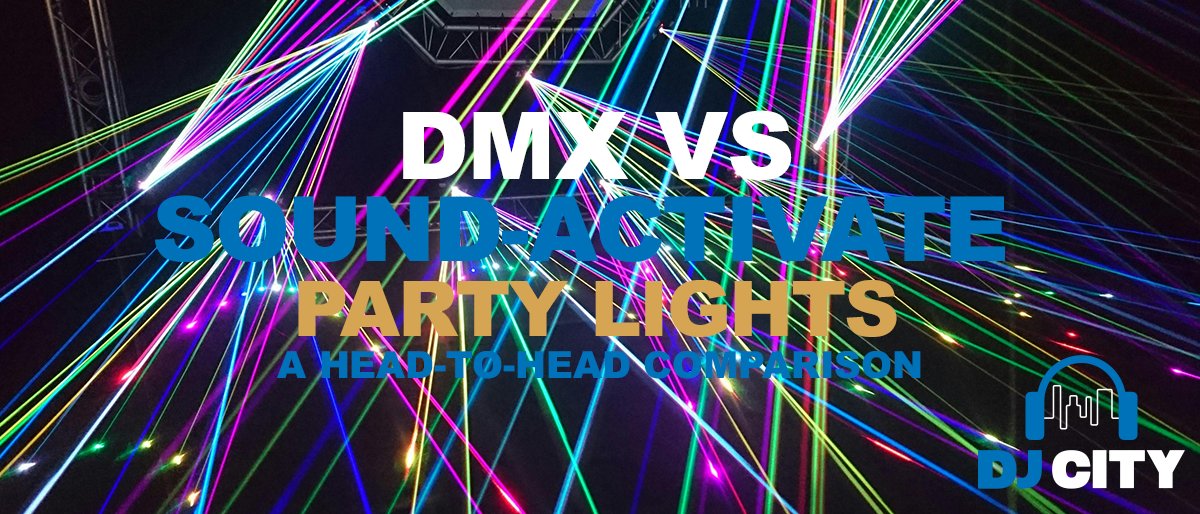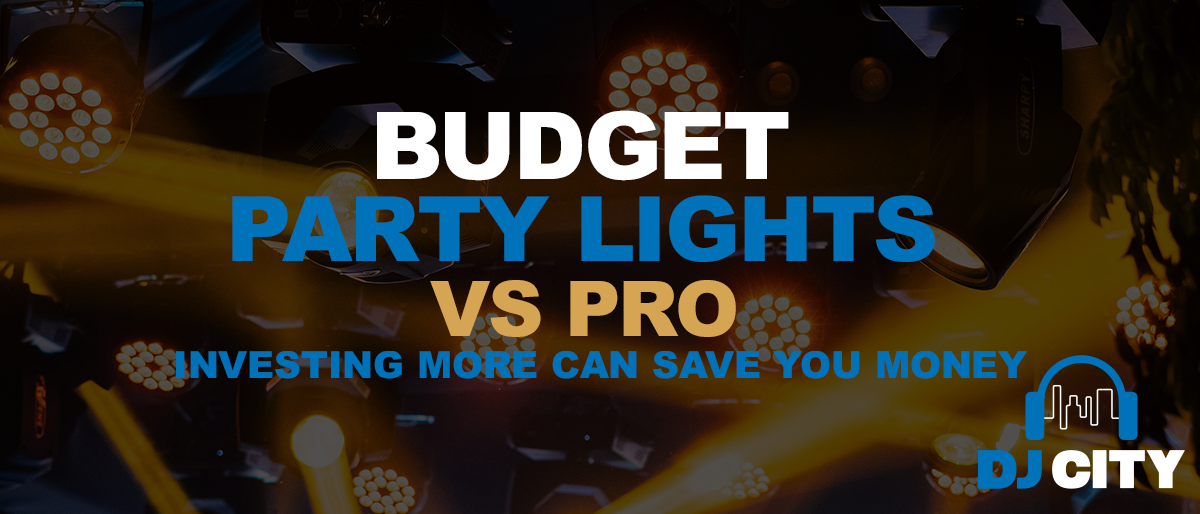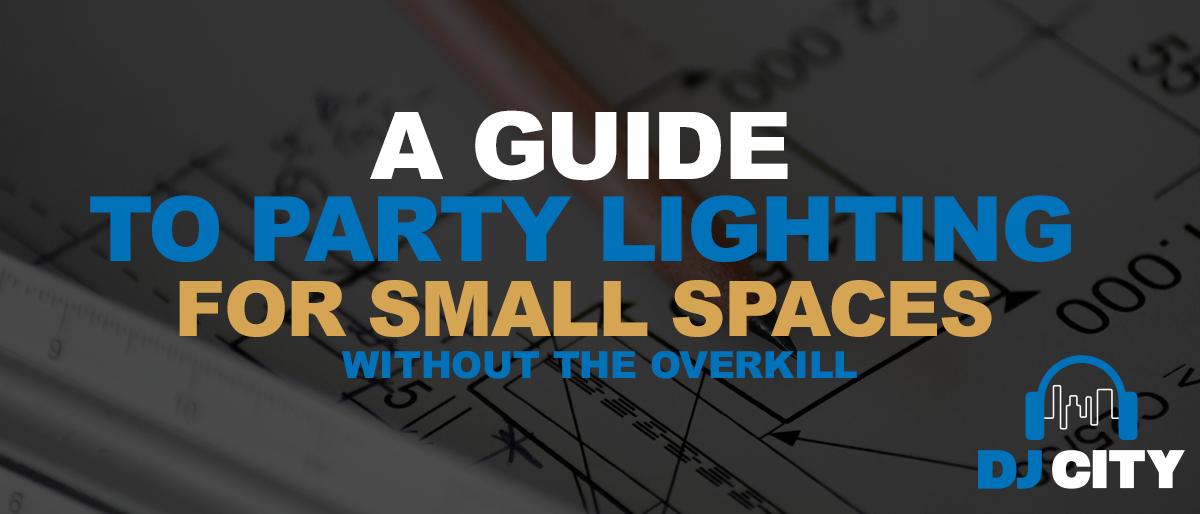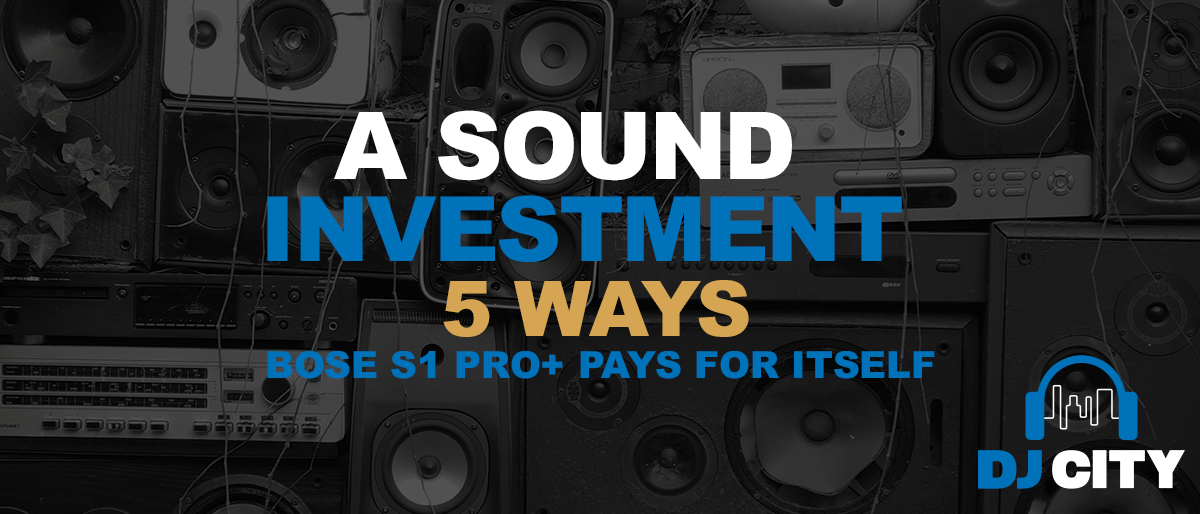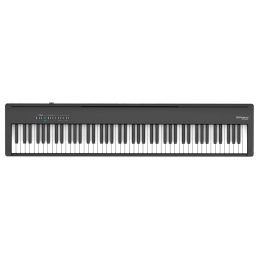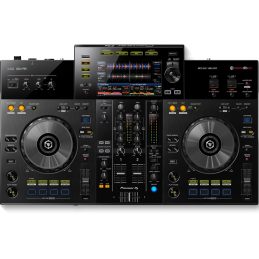
What Are The Best Studio Monitors – A DJ City Beginners Buying Guide
Why do you need to ensure you get the best studio monitors?
Picture this: You’ve spent hours in your room or home studio working on a killer new track. You might have spent even longer fine-tuning and tweaking the mix to get it to a point where you’re happy. You’re stoked, and it sounds like absolute fire on your speakers. But then, you take it somewhere else – like your car, your HiFi system, or even your friend’s studio.
And it sounds, well… not so great. If that sounds all too familiar, you’re probably in need of a new set of studio monitors, and maybe it’s even your first pair.
A good set of studio monitors will let you hear your mix in accurate detail, significantly improving audio quality. Allowing you to produce higher-quality tracks that consistently sound better.
In this article, we give you a buyer’s guide to finding your first pair of studio monitors, covering budget options, more expensive options, and flat out all-rounders. Or, you can skip straight to the list of recommendations where we round up the best studio monitors.
But first, there are a few things you need to consider. Like, what differentiates a set of studio monitors from everyday speaker systems?
- What are studio monitors?
- Size
- Placement
- Budget
- Connecting Your Monitors
- The Round-Up
- The Final Word
What Are Studio Monitors?
First, you have to ask the question. What exactly are studio monitors? Why do you need them, and how do they differ from your regular set of HiFi speakers?
What separates a set of the best studio monitors from your average pair of speakers is the frequency response. Traditionally, your pair of home hi-fi speakers are designed to make your music sound as pleasing to the ear as possible. Boosting certain frequencies to accentuate the bass response and deliver a loud, punchy sound. Given that most of these speakers will be tweaked slightly differently, this is why you’re not getting the results you’re looking for when you’re playing your songs on other speakers.
On the other hand, studio monitors are designed to deliver a true sound and accurate response. Highlighting every frequency and sonic aspect of what you’re working on without emphasising particular frequencies over others. Therefore, delivering an accurate audio picture of your music production and allowing you to make critical choices. A flat frequency response is crucial for this, ensuring that your mix will translate well when played back on other sound systems.
Of course, it takes quality components to ensure your audio signal remains flat and accurate. So naturally, a higher-priced set of monitors will likely reflect the cost in its quality. That said, DJ City offers a range of monitors ranging from budget-level to professional. So whatever your budget, you’ll be able to find a set of studio monitors to do the job. With such an overwhelmingly large range to choose from, it can be hard to know what to look for. This guide aims to cover everything you need to know!
Layout & Size of Studio Monitors
With so many different sizes to choose from (most commonly ranging from 4″, 5″, 6″, and 8″ woofers) it’s often difficult to decide which size will be best for you. Generally speaking, the bigger the monitor, the more power it will output, and the more bass frequencies you’ll get from your speakers.
So theoretically, bigger speakers are usually better. However, the size of your bedroom or home studio, and the level of acoustic treatment can play a part. A big set of studio monitors can quickly get too much for a small space. Above all, if you’re on a really tight budget, a smaller 4″ might suit you best. And if you’re doing the brunt of your work in quite a small bedroom or home studio, opting for a 5″ or 6″ nearfield monitor should well and truly suffice. If your room is that little bit bigger, you might decide to go for an 8″, more powerful option.
Placement of Studio Monitors & Listening Distance for Optimal Sound Quality
It’s important to note, that once you’ve chosen your new studio monitors, that placement makes a difference – especially if they are active monitors. (Active studio monitors being those that feature built-in amplifiers and therefore do not require an external amplifier when using.)
You can’t just put them anywhere your studio has room for them, power them on, and call it a day. Assuming you’re operating in a typical small studio or bedroom, you’ll be looking at a pair of nearfield monitors. Specifically designed to sit close to your ears, they’ll ideally be placed in an equilateral triangle between you and the monitors. Without any obstacles blocking the way that could possibly impede the sound waves coming from your drivers and ruin the integrity of your sound. This also includes the surrounding walls, as sound waves will bounce off nearby walls and colour the audio signal that you’re hearing.
Another way to enhance your monitor’s accuracy is by placing them on a set of monitor pads, isolating your speakers from whatever surface they’re sitting on. While a set of studio monitor stands can help you place your speakers in an optimal location if you’re limited with studio space.
Alternatively, if you’re in a bigger room; midfield monitors are designed to be placed further away, at a further distance apart. While professional studios usually feature even bigger, full-range mains speakers.
See the below infographic for a guide on good-practice studio monitor placement.
Budget
Determining your budget is going to play a huge part when deciding on your studio monitors. As we mentioned earlier, the more money you’re willing to spend, the more accurate your sound is going to be. But that’s not to say you can’t get a decent set of good studio monitors that comfortably fit in your budget. These monitors are essential for achieving a flat frequency response, allowing you to hear audio in its rawest form, unlike HiFi systems that color your signal and ruin your mixes.
Here at DJ City, we offer a range of great options that are guaranteed to fit your budget. So whether you’re looking to spend thousands or a couple of hundred dollars, we’ve got you covered.
Connecting Your Studio Monitors
Finally, with every set of studio monitor speakers, you need to be able to connect them to your computer or laptop to enjoy the quality sound they have to offer. Unlike your standard set of laptop speakers, the majority of studio monitors will need an external audio interface to hook up your speakers and send the audio signal back and forth. So keep in mind that your budget will also likely have to accommodate an audio interface as well. That is unless you already have one set up in your studio.
Audio Interfaces are often regarded as the brain of your studio. They are responsible for increasing the quality of your recordings, as well as the playback. Therefore, a good interface will also play a part in ensuring you’re getting a much richer, and more accurate sound. They’ll also feature inputs for microphones and instruments, so you’ll be opening up even more possibilities in your home studio for recording.
The Round-Up on the Best Studio Monitors
By now, you should hopefully have a good understanding of what studio monitors are, and why you need to ditch your HiFi speakers for a pair. Studio monitors are essential tools in various music production setups due to their flat frequency response and truthful playback, which aid producers in achieving high-quality mixes. So let us get into the list.
We’ve rounded up some of the most popular studio monitors on the market, giving you budget options, all-rounders, and high-end solutions. Alternatively, head into your local DJ City store where you can see our massive wall of monitors. They are all set up and ready for listening, with brands including KRK, AVE, Yamaha, and Mackie.
1. AVE Fusion Series Studio Monitors Budget Choice
The AVE Fusion series of active studio monitors kicks off our list of best studio monitors for any aspiring producer, recording artist, or electronic music producer. Featuring an impressive frequency range while delivering smooth & clear audio, the AVE Fusion will help you get the most out of your mixing and sound recordings. An excellent entry-level choice, the Fusion monitors range from 4″ up to 8″, with an optional subwoofer.
If you’re on a budget, you can pick up a pair of the 4″ Studio Monitors for just $129.00. Giving you a pair of quality studio monitors that also tick the boxes for portability. While the 5, 6, and 8-inch options are all just as affordable. Delivering surprisingly accurate sound for their low price, these will trump your HiFi speakers any day of the week!
Features: Frequency Response
- Custom glass aramid composite cone woofers
- 1″ neo soft dome tweeter with ferrofluid
- 4″ glass aramid composit bass driver
- Bi-amplified w/18dB oct.filters
- Optimized directivity high frequency waveguide
- Magnetically shielded
- Slotted ports to reduce distortion
- Balanced and unbalanced inputs
2. KRK Rokit G4 All-Rounder
KRK Studio Monitors are found in homes and professional studios all over the world, and for good reason. They are among the best studio monitors around.
The Rokit’s are a great option if you’re looking for a set of near-field studio monitors, and the recent G4 lineup packs a punch. Offering DSP-Driven Graphic EQ with 25 settings, the Rokit’s give you the flexibility to condition your acoustic environment correctly – offering a new level of versatility from a set of studio monitors. Additionally, boasting matching Kevlar drivers; the Rokits ensure sonic integrity across all frequencies. While the brand new and scientifically designed enclosure combined with front-firing port provides you with exceptional low-end extension and accuracy, making them ideal for electronic music production. As well as maintaining the renowned yellow cone design. Not to mention, packing a punch and giving you flexible room-positioning.
Overall, choosing a pair of the 5, or 7-inch Rokits will be perfect for any home studio. While the Rokit 8’s and 10’s will suit larger areas and studios
Features
- 4th-generation Rokit studio monitor with pro-grade design
- Rigid Kevlar drivers ensure low-distortion sound reproduction & minimizes listening fatigue
- Efficient Class D power amp pumps out high-quality sound at reduced operating temperatures
- Built-in brick wall limiter provides a balanced sound, safeguards against damage, and maintains your audio’s dynamics
- Optimized high-frequency waveguide produces a wide, deep, dynamic sweet spot and incredible imaging
- Low-resonance enclosure gives you spot-on low-end performance
- Front-firing port yields excellent low-end response and straightforward speaker placement
- State-of-the-art DSP includes room correction, an LCD visual EQ, and more
- KRK app adjusts EQ settings, subwoofer levels, crossover settings, and polarity settings and aids with speaker placement and level matching
- Onboard signal generator is a must-have for calibrating your system
- Includes Iso-foam pads and an optional faceplate with a protective metal grill
3. Yamaha HS Series All Rounder
The Yamaha HS series of powered studio monitors deliver superb audio performance. Sporting the iconic white woofer, along with the signature sound that has made Yamaha brand an industry standard for the best studio monitors for decades. Every component, down to the placement of screws, has been designed to give you an immaculate audio response and eliminate unwanted vibration and resonance allowing you to achieve the best sonic potential from your mixes without distortion or coloration of your recording.
Yamaha’s nearfield monitors can be found in the top music studios all over the world, and the company continues to perfect its monitors. With the latest rendition featuring newly designed bi-amplified drivers and scientifically ported enclosures. Offering amazing accuracy and vanishingly low coloration. So you can nail your mixes and get the most out of your production with these Yamaha studio monitors.
Overall, a pair of the Yamaha HS5 or HS7 studio monitors are a great all-rounder solution for any home studio. If you’re operating in a smaller room, the HS8’s might be a little too big. Combining these with the HS8S Studio Subwoofer will give you increased control over your low-end. For those looking for an alternative, ADAM Audio offers excellent options like the A7X and S3V, known for their German engineering, superior frequency range and response, and transient response, making them suitable for both novice and professional audio engineers.
Features
- High-performance drivers and mounting system
- 5″ cone woofer, 1″ dome tweeter
- Large magnets in an advanced magnetic circuit design
- Built-in bi-amplification (45 watts LF, 25 watts HF)
- Dedicated power amps are perfectly matched to the woofer and tweeter
- Enclosure is designed to kill unwanted resonances that can influence sound
- Room Control and High Trim response controls give you optimum response in any room
4. JBL LSR Studio Monitors All-Rounder

Another popular and affordable option when it comes to the best studio monitors is the JBL LSR MKII series. Offering legendary JBL performance, while sporting a price-tag that makes these available for every home studio. Giving you stunning detail, precise imaging, a wide sweet spot, and an impressive dynamic range. Enhancing the critical listening capabilities of any modern workspace.
As well as featuring a sleek and modern design, the JBL LSR series monitors give you outstanding performance and an enjoyable mix experience above all. For as little as $458 for a pair of the 5″ JBL LSR305P’s, they’re a great home studio option.
Features
- Patented Image Control Waveguide for detailed imaging and a broad, room-friendly sweet spot
- Next-generation JBL transducers for optimized transient response and improved linearity
- Patented Slip Stream™ low-frequency port for superior bass performance at all playback levels
- Dual integrated, custom Class-D amplifiers provide 82 watts of power for high output and dynamic range
- New Boundary EQ settings compensate for low-frequency variants introduced by the environment
- HF Trim switch adjusts high-frequency output to room acoustics or personal preferences
- Flexible connectivity with balanced XLR and 1/4″ TRS inputs, +4dBu / -10dBV input-sensitivity switch and adjustable volume control
- Engineered to JBL Linear Spatial Reference design criteria for outstanding accuracy in any working space
- Strenuous JBL 100-hour full-power test ensures years of reliability
- Sleek, modern design provides a visual upgrade to any studio
5. Mackie CR5 Studio Monitors Budget Choice
Another budget conscious option for the best studio monitors, the Mackie CR5BT studio monitors are ideal for your home studio or office. Delivering a great natural sound for their price, the CR5BTs feature a 5-inch bass driver as well as a 0.75-inch silk dome tweeter. Offering a range of connection types including RCA, AUX, and Bluetooth. So you won’t need an external audio interface.
Powered by 50 watts, and premium audio components; you get a rich sound with deep bass response. With a conveniently built-in volume knob, as well as front-panel features like the dedicated headphone output.
Overall, the Mackie CR5BT’s offer great sound quality for their affordable prices. Making them perfect for aspiring producers. The fact that both speakers are driven by a single amp definitely makes these speakers lose some credibility, but all-in-all, a great budget option.
Features
- 5-inch Polypropylene-Coated Woofer
- 0.75-inch Silk Dome Tweeter
- Bluetooth Connectivity for Media Streaming
- Custom-Tuned Rear Port Tube
- 1/4-inch TRS, RCA, and AUX audio inputs
- LED Power Ring Around Volume Knob
- Stereo Headphone Output
- Plug 1/8-inch Device into Front Panel
- Passive Second Speaker Terminals
- Includes AUX Cables and Monitor Isolation Pads
6. Neumann KH120: Premium Choice for Best Studio Monitors
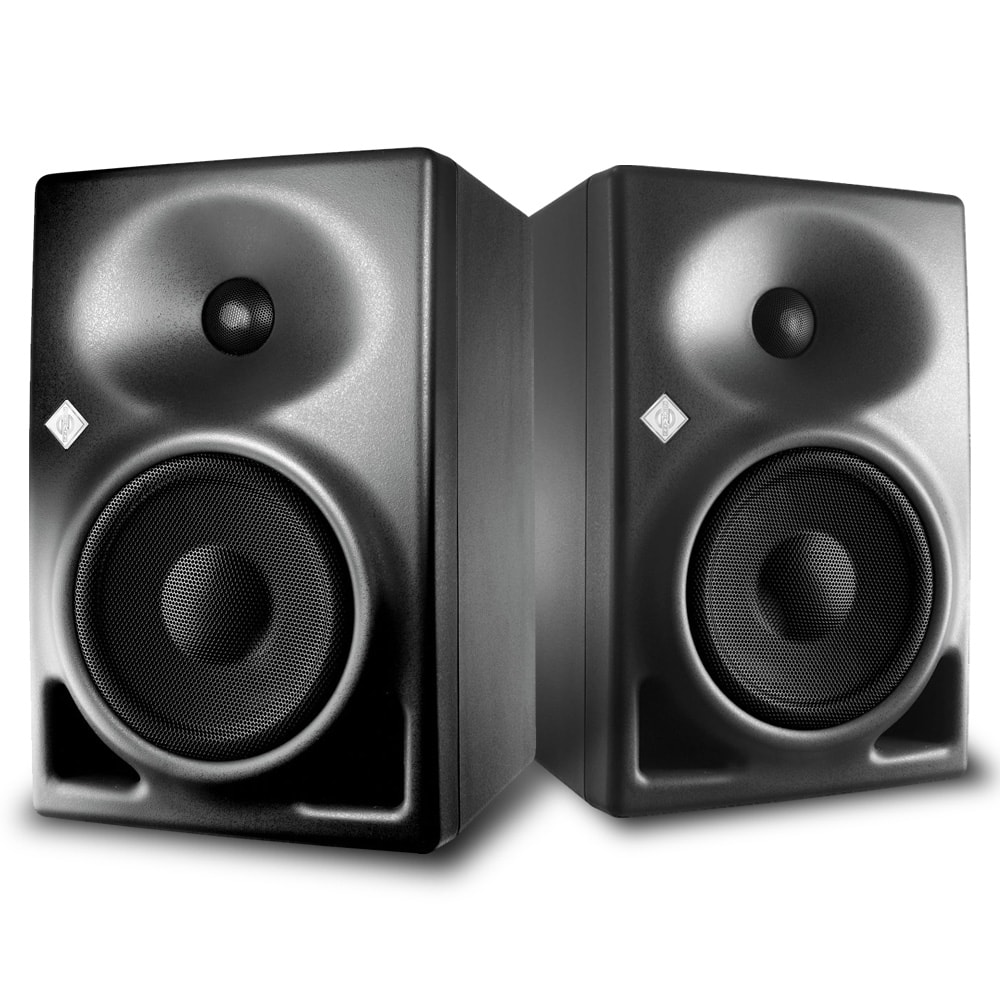
If you’re on a budget, now’s the time to look away. A pair of the Neumann KH120’s are certainly not the cheapest option on this list, but they certainly pack a punch and earn their place on this list of best studio monitors.
Boasting 2-way bi-amplification, the KH120 5″ Studio Monitors are thermally protected with class-AB amps (80W each) and have remained a reference class for close-range monitoring since 2011. With enormous power reserves and high-precision sound conduction, the KH120s give you maximum signal fidelity and contoured transients across the entire frequency range. Enabling you to control tonal depth, spatial image, and even the smallest details in the mix.
Just like the drivers, its Mathematically Modeled Dispersion™ (MMD™) waveguide is calculated with an optimal level of precision. Sound distributed in a horizontally precise manner ensures flexibility in the listening position; the narrower vertical dispersion reduces the negative effects of nearby reflections – for example from a desk or mixing console. The finely controlled dispersion characteristics optimise reproduction in even the most varied of room configurations.
The only negatives with these speakers would have to be the design. They are not nearly as sleek as some of the other options on this list. But at the end of the day, it’s the sound-quality you’re looking for, and the Neumann KH120 certainly delivers.
Features
- 5.25″ Composite Sandwich Woofer Cone
- 1″ Titanium Dome Tweeter
- 160 W Peak Analog AB Amplifier
- Mathematically Modelled Dispersion (MMD) Waveguide
- Wide Horizontal Dispersion
- Narrow Vertical Dispersion
- Magnetically Shielded Aluminium Cabinet
- Large Front Panel Ports
- 4-Position Bass, Low-Mid, Treble Control
- New Mounting Hardware Options
The Final Word on the Best Studio Monitors
That rounds off our list of just a few of the most popular and best studio monitors for 2024.
So whether you’re on a tight budget and looking for your first set of monitors. Or you’re looking to make an investment to take your studio to the next level, we’ve listed an option for you. Hopefully, you’ve learned something, and are one step closer to choosing the best studio monitors option for your needs! If you still need a hand, reach out to the DJ City team today.
Shop Our Full Range Of Studio Monitors



